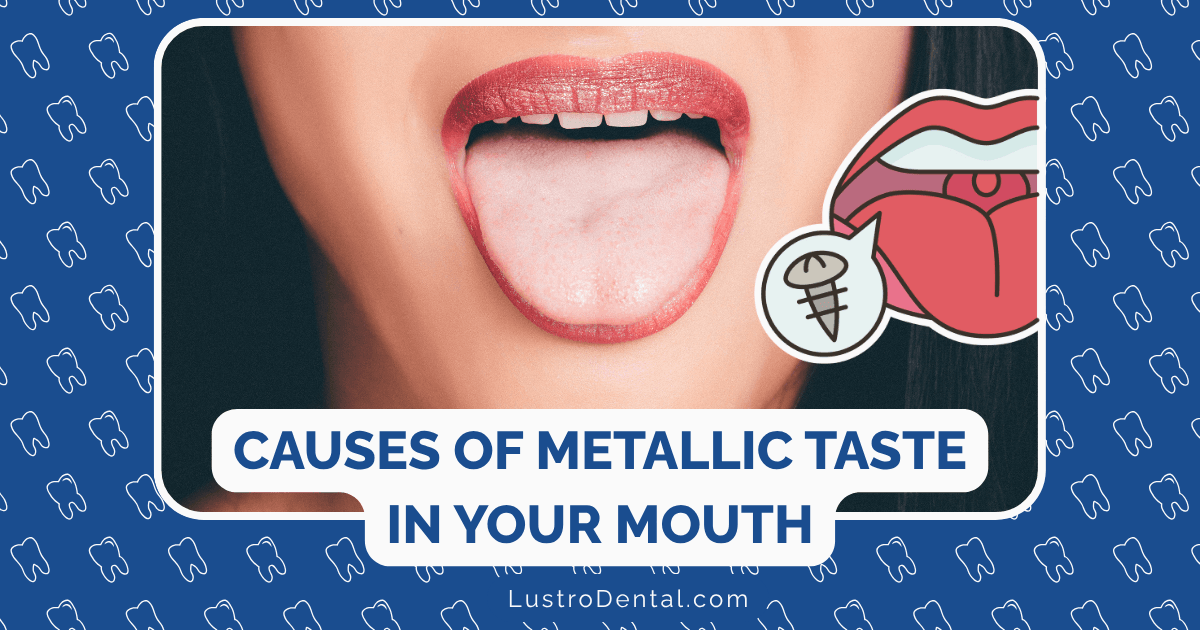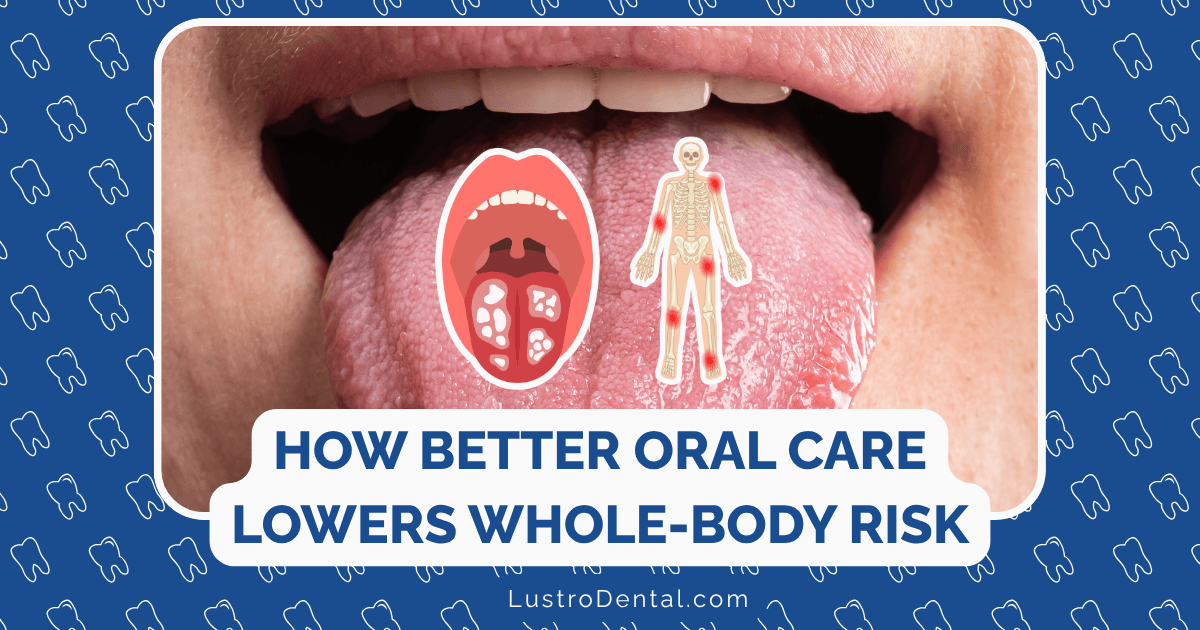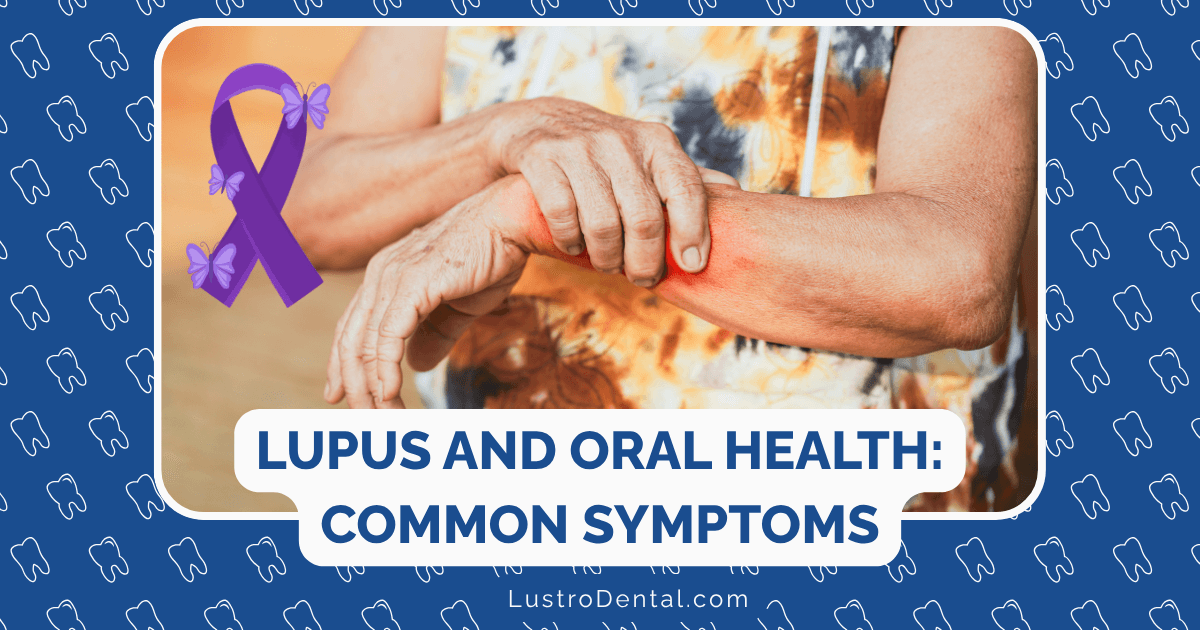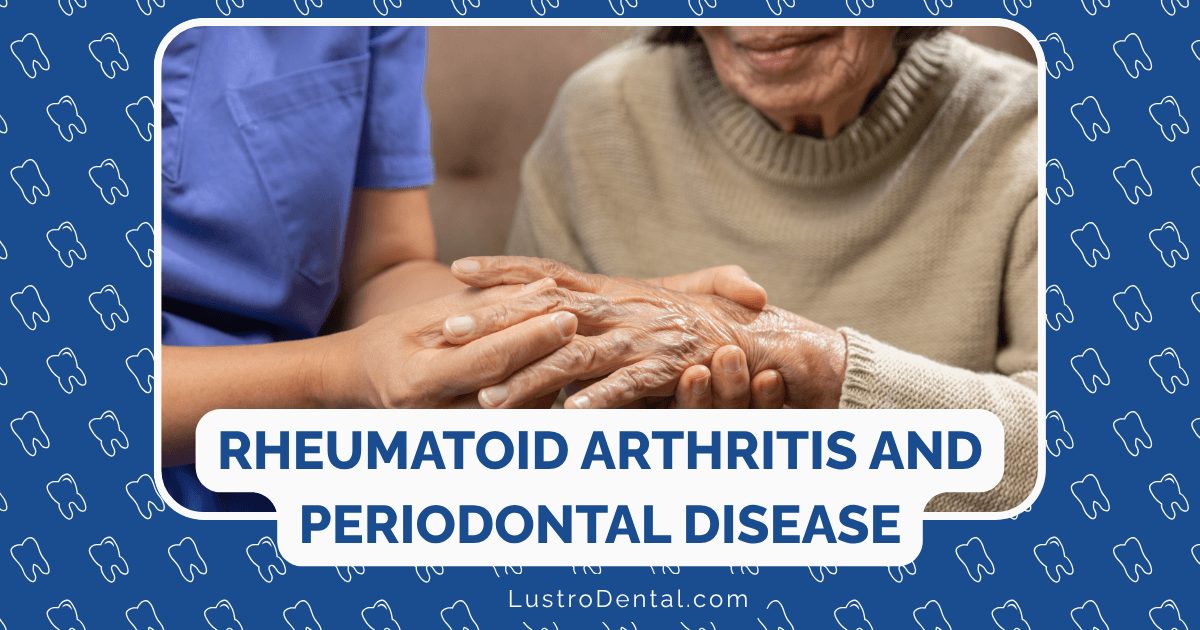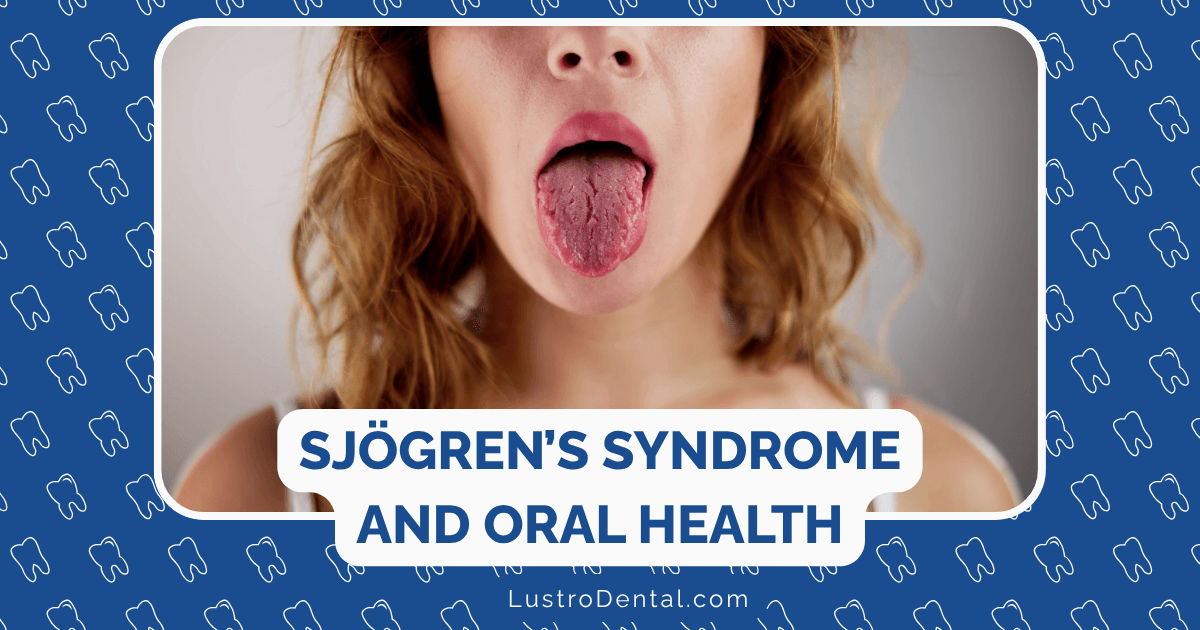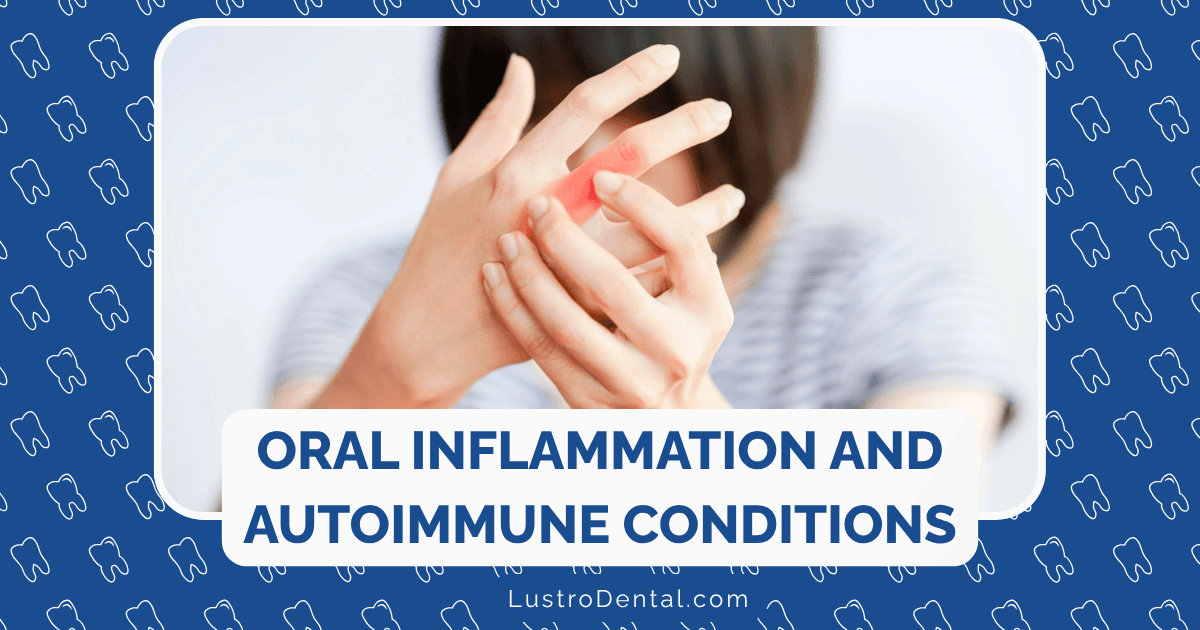Shared Risk Factors: Why Heart Disease and Gum Disease Often Coexist
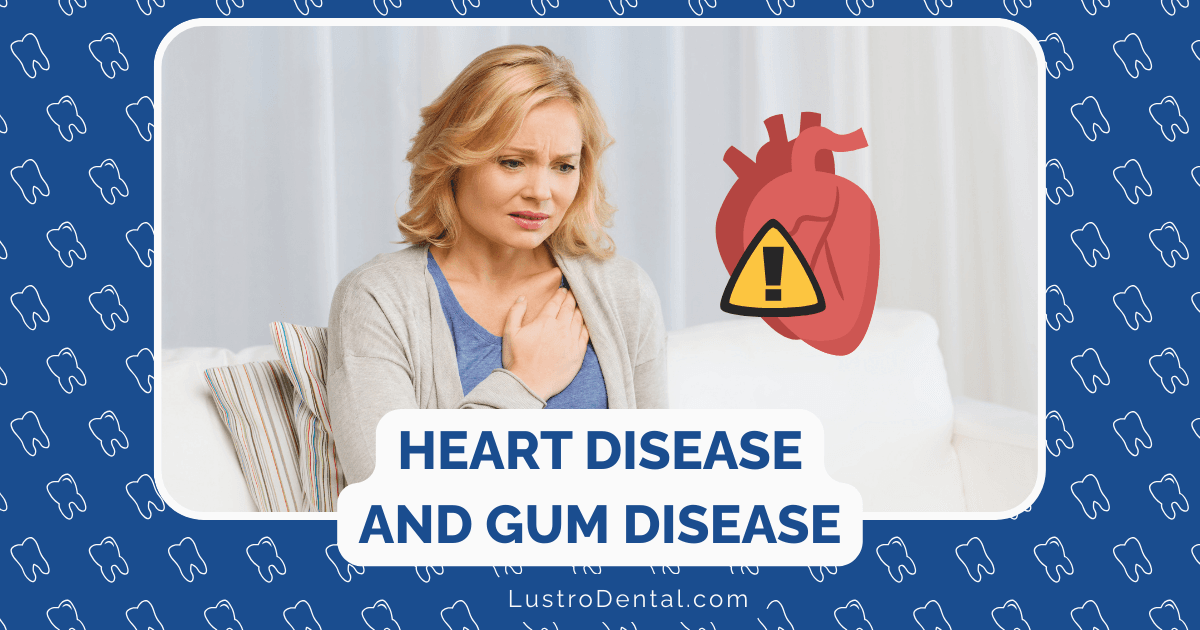
When it comes to our health, we often think of different parts of the body as separate systems. Heart health belongs to cardiologists, dental health to dentists. But what if these seemingly distinct health concerns are more connected than we realize?
Research increasingly shows that heart disease and gum disease (periodontal disease) frequently occur together—and it’s not just coincidence. People with gum disease have two to three times the risk of experiencing a heart attack, stroke, or other serious cardiovascular event compared to those with healthy gums.
But why do these conditions so often go hand in hand? The answer lies in their shared risk factors and biological mechanisms. Understanding these connections can help us take a more holistic approach to our health and potentially reduce our risk of both conditions.
The Statistical Connection
Before diving into the shared risk factors, let’s look at what the research tells us about this relationship:
- According to Harvard Health, about two-thirds of people over 65 have periodontal disease, and these individuals are approximately twice as likely to have a heart attack compared to those with healthy gums.
- A comprehensive 2025 study published in the Journal of Clinical Periodontology followed over 1.2 million participants and found that those with persistent periodontal disease had a significantly higher risk of developing cardiovascular disease compared to those with healthy gums.
- Research from the American Heart Association indicates that the prevalence of cardiovascular risk factors like high blood pressure, high cholesterol, and obesity is notably higher in individuals with periodontal disease.
These statistics paint a clear picture: heart disease and gum disease frequently travel together. But correlation doesn’t necessarily mean causation. So what’s really going on?
Common Ground: Shared Risk Factors
Heart disease and gum disease share several important risk factors that help explain their frequent coexistence. Let’s explore these shared risk factors in detail:
1. Inflammation: The Common Denominator
Perhaps the most significant shared factor between these conditions is inflammation. Both periodontal disease and cardiovascular disease are inflammatory conditions at their core.
“Inflammation is the body’s natural response to injury or infection,” explains Dr. Michael Chen, cardiologist at Cleveland Clinic. “But when inflammation becomes chronic, it can damage tissues throughout the body, including the gums and blood vessels.”
In periodontal disease, bacteria trigger inflammation in the gums. This localized inflammation can become systemic, with inflammatory markers like C-reactive protein (CRP), interleukin-6 (IL-6), and tumor necrosis factor-alpha (TNF-α) entering the bloodstream.
These same inflammatory markers play a crucial role in the development and progression of atherosclerosis—the buildup of plaque in arteries that can lead to heart attacks and strokes. A 2025 study published in the Journal of Periodontology found that individuals with severe periodontitis had CRP levels above 3 mg/L, which is associated with high risk for major cardiovascular events.
2. Smoking: A Double-Edged Sword
Smoking is one of the most well-established risk factors for both heart disease and periodontal disease.
According to the Centers for Disease Control and Prevention, smokers are twice as likely to develop gum disease compared to non-smokers. Simultaneously, smoking is a major risk factor for heart disease, increasing the risk of coronary heart disease by 2-4 times.
Smoking damages blood vessels, reduces oxygen in the blood, increases blood pressure and heart rate, and promotes blood clotting. In the mouth, smoking reduces blood flow to the gums, weakens the immune system, and makes it harder for the gums to heal after being damaged.
Dr. Sarah Johnson, periodontist at the University of California, notes: “When I see a patient who smokes, I know they’re at elevated risk for both periodontal disease and cardiovascular problems. Quitting smoking is perhaps the single most important step these patients can take to improve both their oral and heart health.”
3. Diabetes: A Bidirectional Relationship
Diabetes has a complex, bidirectional relationship with both periodontal disease and cardiovascular disease.
People with diabetes are three times more likely to develop periodontal disease, and those with periodontal disease often have worse glycemic control. Similarly, diabetes significantly increases the risk of cardiovascular disease—in fact, heart disease is the leading cause of death among people with diabetes.
A 2025 study published in Frontiers in Dental Medicine highlighted how diabetes exacerbates both conditions through:
- Impaired immune function, making it harder to fight bacterial infections in the gums
- Damage to blood vessels throughout the body, including those that supply the gums and heart
- Elevated blood sugar levels that promote inflammation
- Changes in collagen metabolism that affect both periodontal tissues and blood vessels
“Diabetes creates a perfect storm for both gum disease and heart disease,” explains Dr. Robert Thompson, endocrinologist at Mayo Clinic. “The good news is that managing diabetes effectively can help reduce the risk of both conditions.”
4. Diet and Nutrition: You Are What You Eat
Diet plays a crucial role in both oral and cardiovascular health. A diet high in sugar and refined carbohydrates contributes to:
- Dental plaque formation and subsequent gum disease
- Obesity, a major risk factor for heart disease
- Inflammation throughout the body
- Poor glycemic control, which affects both conditions
Conversely, a diet rich in fruits, vegetables, whole grains, lean proteins, and healthy fats can help reduce inflammation and promote both oral and cardiovascular health.
A 2025 study from Harvard Medical School found that individuals who consumed a Mediterranean-style diet had lower rates of both periodontal disease and cardiovascular events compared to those following a typical Western diet high in processed foods.
5. Age: The Unavoidable Factor
Age is a non-modifiable risk factor for both conditions. As we get older, our risk of developing both periodontal disease and cardiovascular disease increases.
According to the American Academy of Periodontology, over 70% of adults 65 and older have some form of periodontal disease. Similarly, the risk of heart disease increases with age, with approximately 85% of those who die from heart disease being 65 or older.
This shared age-related risk may be due to:
- Cumulative exposure to risk factors over time
- Age-related changes in immune function
- Decreased cellular repair capacity
- Changes in collagen and connective tissue throughout the body
6. Stress: The Silent Contributor
Chronic stress affects both oral and cardiovascular health through multiple pathways:
- Stress hormones like cortisol can suppress immune function, making it harder to fight off gum infections
- Stress contributes to inflammation throughout the body
- People under stress may be more likely to neglect oral hygiene
- Stress can lead to unhealthy coping behaviors like smoking, poor diet, and alcohol consumption
- Chronic stress directly impacts cardiovascular function, raising blood pressure and heart rate
A 2025 meta-analysis published in the Journal of Psychosomatic Research found that individuals with high perceived stress levels had a 27% higher risk of both periodontal disease and cardiovascular events compared to those with low stress levels.
7. Socioeconomic Factors: Beyond Personal Choice
Socioeconomic factors, including education level, income, and access to healthcare, significantly impact both oral and cardiovascular health.
A comprehensive study published in 2025 in the Journal of Clinical Periodontology found that:
- Individuals with lower education levels had 3.2 times higher risk of having both periodontal disease and cardiovascular disease
- Limited access to dental care was associated with a 2.7 times higher risk of periodontal disease
- Those without health insurance had 2.5 times higher risk of undiagnosed cardiovascular conditions
These socioeconomic factors influence health through multiple mechanisms, including:
- Access to preventive care
- Ability to afford healthy foods
- Living and working conditions that may increase exposure to environmental stressors
- Health literacy and understanding of disease prevention
Beyond Shared Risk Factors: Direct Biological Pathways
While shared risk factors explain much of the connection between heart disease and gum disease, research suggests there may also be direct biological pathways linking the two conditions:
Bacterial Spread
Periodontal disease is caused by bacterial infection. These bacteria can enter the bloodstream through inflamed gum tissue, potentially:
- Directly infecting heart valves, causing endocarditis
- Contributing to atherosclerotic plaque formation
- Triggering inflammatory responses in blood vessels
A 2025 study published in the Journal of Dental Research found oral bacteria in 35% of atherosclerotic plaques sampled from patients with coronary artery disease, suggesting a direct link between oral pathogens and heart disease.
Immune Response
The immune system’s response to periodontal bacteria may inadvertently damage cardiovascular tissues. This happens through:
- Cross-reactivity, where antibodies targeting oral bacteria also attack similar proteins in heart tissues
- Immune complex formation that can deposit in blood vessel walls
- Activation of inflammatory pathways that promote atherosclerosis
Breaking the Cycle: Interventions That Address Both Conditions
Understanding the shared risk factors between heart disease and gum disease opens up opportunities for interventions that can benefit both conditions simultaneously:
1. Comprehensive Oral Hygiene
Good oral hygiene practices can significantly reduce the bacterial load in the mouth, decreasing inflammation and potentially reducing cardiovascular risk:
- Brush thoroughly twice daily with fluoride toothpaste
- Floss daily to remove plaque between teeth
- Consider antimicrobial mouthwash to reduce bacteria
- Replace your toothbrush every 3-4 months
Research from the American Heart Association in 2025 found that regular flossing was associated with a 22% lower risk of ischemic stroke and a 12% lower risk of developing atrial fibrillation, independent of other factors.
2. Regular Professional Dental Care
Professional dental cleanings remove plaque and tartar that can’t be eliminated through home care alone:
- Schedule dental check-ups and cleanings at least twice yearly
- For those with established periodontal disease, more frequent cleanings (every 3-4 months) may be recommended
- Don’t delay treatment for gum disease—early intervention can prevent progression
A 2025 study in the Journal of the American Dental Association found that individuals who received regular dental care had 14% fewer cardiovascular events compared to those who only sought dental care for emergencies.
3. Smoking Cessation
Quitting smoking benefits both oral and cardiovascular health:
- Improves blood flow to the gums, enhancing healing and reducing inflammation
- Reduces risk of heart attack and stroke
- Improves immune function
- Lowers blood pressure and heart rate
Dr. Elizabeth Chen, smoking cessation specialist, emphasizes: “Within just one year of quitting smoking, your risk of heart disease drops dramatically. And your gums begin to heal within days to weeks.”
4. Diabetes Management
For those with diabetes, maintaining good glycemic control is essential:
- Follow your doctor’s recommendations for medication, diet, and exercise
- Monitor blood sugar levels regularly
- Attend regular check-ups with both your dentist and physician
- Be aware that periodontal treatment may temporarily affect blood sugar control
A 2025 study in Diabetes Care found that intensive periodontal treatment improved glycemic control in patients with type 2 diabetes, with a mean reduction in HbA1c of 0.4% after six months.
5. Anti-Inflammatory Diet
A diet rich in anti-inflammatory foods can benefit both oral and cardiovascular health:
- Emphasize fruits, vegetables, whole grains, and lean proteins
- Include omega-3 fatty acids from sources like fatty fish, walnuts, and flaxseeds
- Limit refined carbohydrates and added sugars
- Reduce intake of processed foods and trans fats
6. Stress Management
Effective stress management strategies can help reduce risk for both conditions:
- Regular physical activity
- Adequate sleep
- Mindfulness and meditation
- Social connection
- Professional help when needed
The Integrated Approach: Collaboration Between Dental and Medical Professionals
Given the significant overlap between heart disease and gum disease, there’s a growing call for greater collaboration between dental and medical professionals.
Dr. James Wilson, cardiologist at the Cleveland Clinic, suggests: “Cardiologists should be asking patients about their oral health, and dentists should be aware of their patients’ cardiovascular risk factors. This cross-disciplinary awareness can lead to better outcomes for patients.”
Some healthcare systems are already implementing integrated approaches:
- Dental screenings in cardiology practices
- Cardiovascular risk assessments in dental offices
- Shared electronic health records between dental and medical providers
- Coordinated care plans that address both oral and cardiovascular health
Conclusion: A Holistic View of Health
The frequent coexistence of heart disease and gum disease reminds us that our body functions as an integrated system. What affects one part can impact another, often through shared risk factors and biological pathways.
By understanding these connections, we can take a more holistic approach to health that addresses multiple conditions simultaneously. Simple steps like maintaining good oral hygiene, quitting smoking, managing diabetes, eating a healthy diet, and reducing stress can have far-reaching benefits for both our oral and cardiovascular health.
As Dr. Sarah Johnson concludes: “The mouth is not separate from the rest of the body. By taking care of your oral health, you’re also taking an important step toward protecting your heart.”
Have you experienced both gum disease and heart problems? Share your experiences in the comments below, and don’t forget to schedule your next dental check-up and heart health screening!


